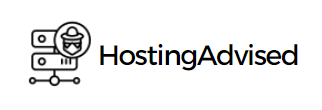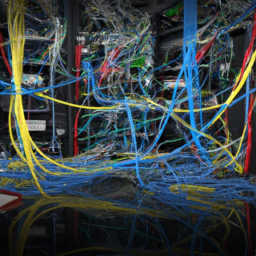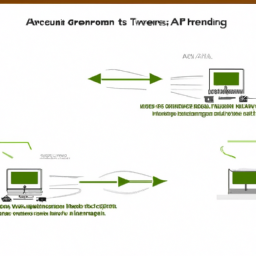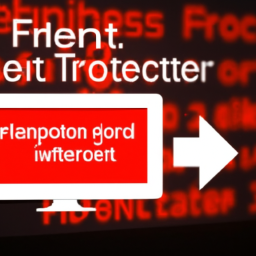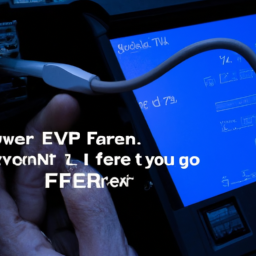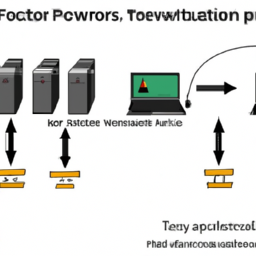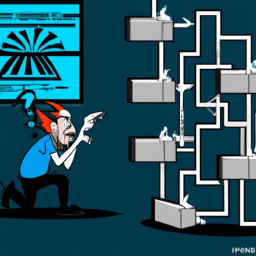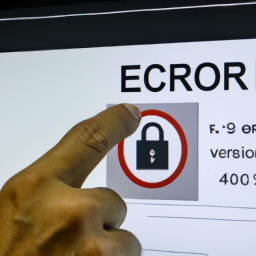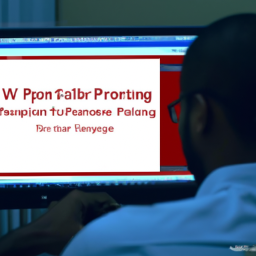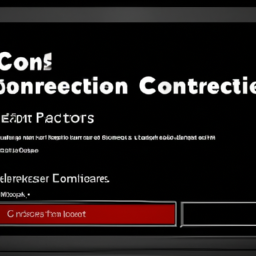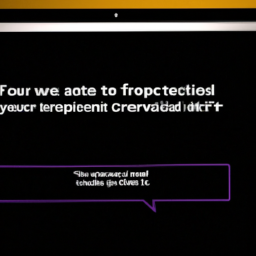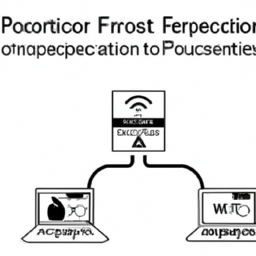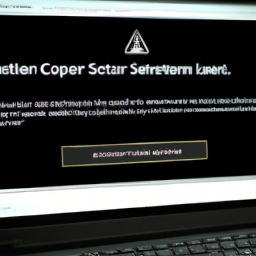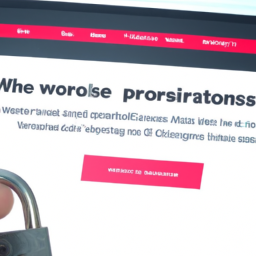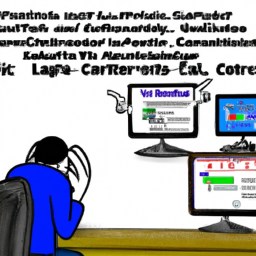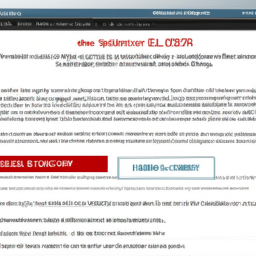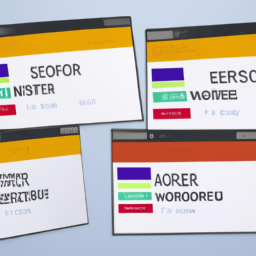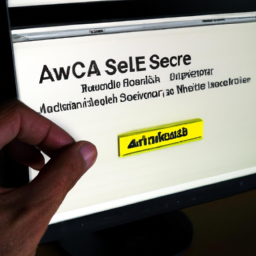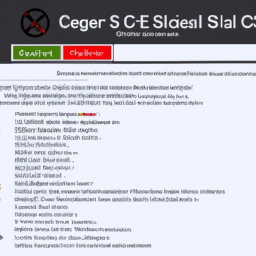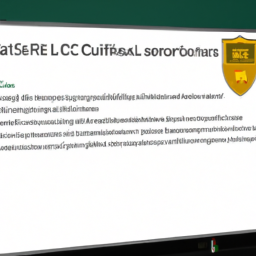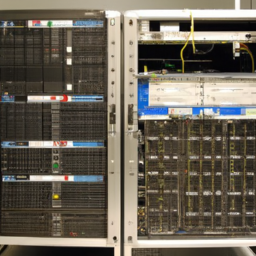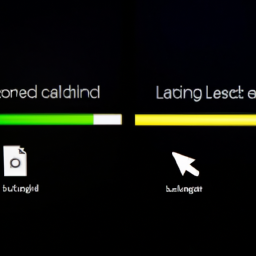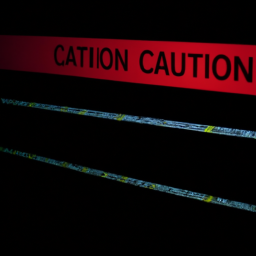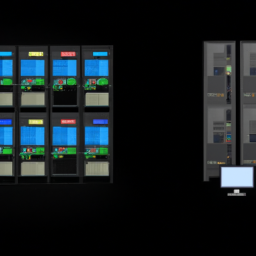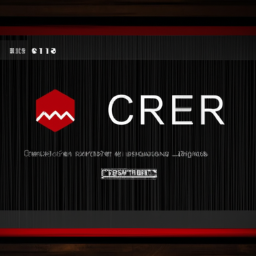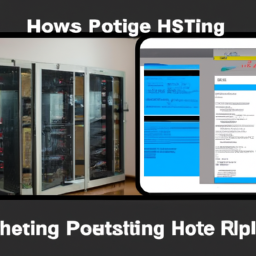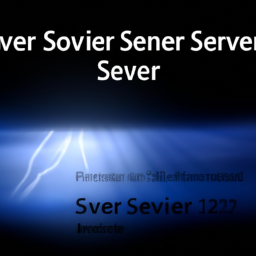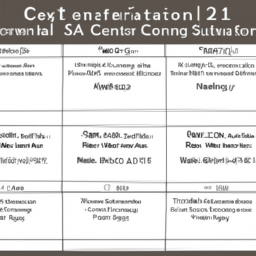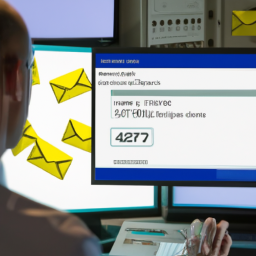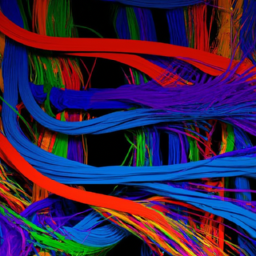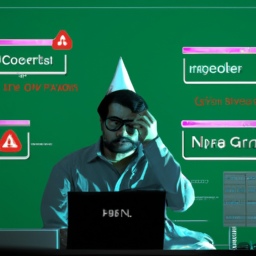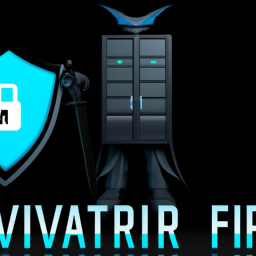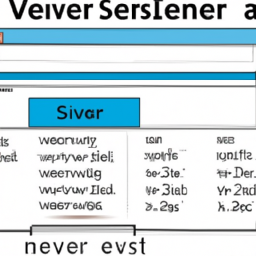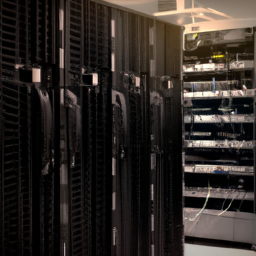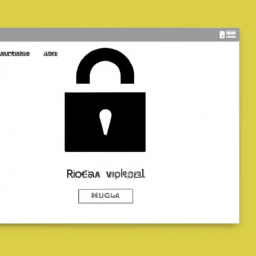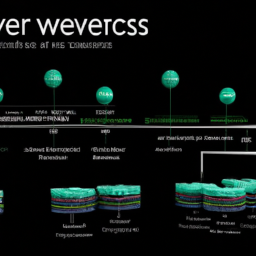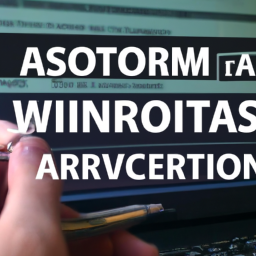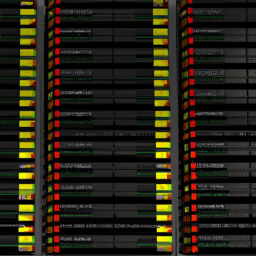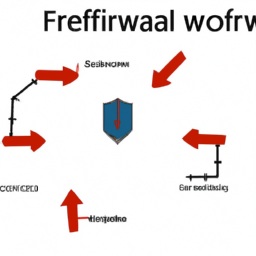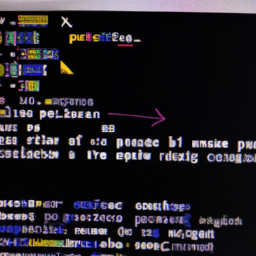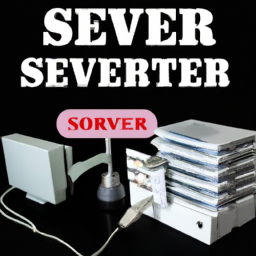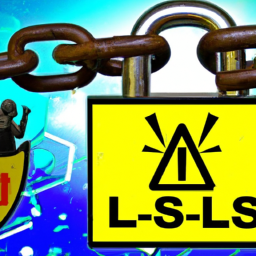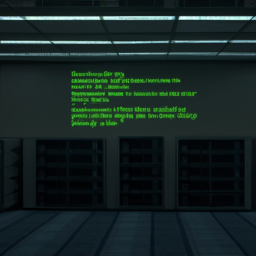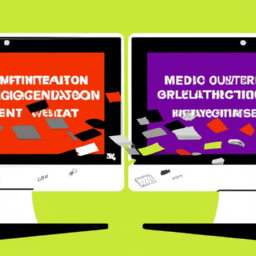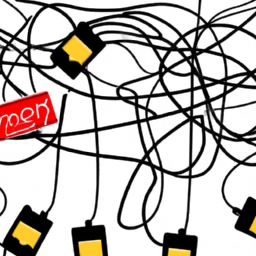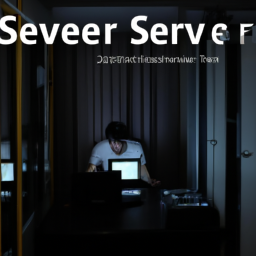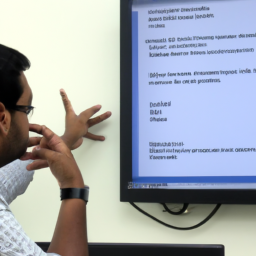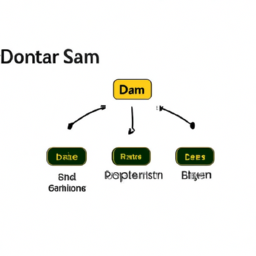Did you know that the average FTP (File Transfer Protocol) connection speed is around 6 Mbps? If you’re experiencing slow transfer rates or encountering connection issues while using FTP, you’ve come to the right place. In this article, we will guide you through the process of testing and troubleshooting your FTP connection speed. By following these steps, you’ll be able to optimize your file transfer settings and ensure a smoother and more efficient experience.
First, it’s essential to check your internet connection. A stable and high-speed connection is crucial for faster FTP transfers.
Next, make sure to update your FTP client to the latest version. This ensures that you have access to the most up-to-date features and bug fixes.
To further enhance your connection speed, we’ll show you how to optimize your file transfer settings. Additionally, we’ll explore how disabling firewall or antivirus software can eliminate potential bottlenecks.
If these steps don’t solve the issue, we’ll discuss the benefits of using passive mode for FTP connections.
Lastly, if all else fails, we’ll guide you on reaching out to your Internet Service Provider (ISP) to address any underlying network issues.
With these troubleshooting techniques, you’ll be able to diagnose and resolve any FTP connection speed problems, enabling you to transfer files efficiently and effectively.
Let’s get started!
Key Takeaways
- Check internet connection stability and speed
- Update FTP client to the latest version for bug fixes and performance enhancements
- Optimize file transfer settings for smoother and faster transfers
- Adjust bandwidth allocation and packet size for optimal performance
Check Your Internet Connection
Before you start testing and troubleshooting your FTP connection speed, it’s crucial to check if your internet connection is stable and strong enough for optimal performance.
To begin, measure network latency, which refers to the delay in data transmission between your computer and the FTP server. High latency can significantly impact your FTP connection speed. Use online tools or command prompt commands like ping to measure the latency.
Additionally, check for bandwidth limitations, as insufficient bandwidth can slow down your FTP transfers. Contact your internet service provider to ensure that your package provides sufficient upload and download speeds for your needs.
Once you have confirmed a stable internet connection, you can move on to the next section about updating your FTP client to further enhance your connection speed.
Update Your FTP Client
To get the fastest possible transfer rates, make sure you’ve updated your FTP client. Updating your FTP software is crucial in troubleshooting connection issues.
Newer versions often come with bug fixes and performance enhancements that can greatly improve the speed and reliability of your FTP connections. Check for updates on the official website of your FTP client or use the built-in update feature if available.
It’s important to keep your software up to date to ensure compatibility with the latest protocols and security features. Once you’ve updated your FTP client, you can proceed to optimize your file transfer settings for even better performance.
Optimize File Transfer Settings
Maximize the efficiency of your file transfers by customizing the settings for optimal performance. To optimize file transfer settings, consider the following:
-
Bandwidth allocation: Allocate an appropriate amount of bandwidth for FTP transfers to ensure smooth and fast file transfers. Adjust the bandwidth settings based on your network capabilities and the importance of other applications running simultaneously.
-
Optimal packet size: Configure the packet size to maximize the speed of the FTP connection. Experiment with different packet sizes to find the optimal setting that minimizes overhead and maximizes throughput.
Customizing these settings will significantly improve your FTP connection speed.
Once you’ve optimized your file transfer settings, you can proceed to the next step of troubleshooting. Disable firewall or antivirus software to rule out any potential interference that may affect the FTP connection.
Disable Firewall or Antivirus Software
Don’t let your firewall or antivirus software be the locked gate that prevents your files from reaching their destination. When troubleshooting FTP connection speed, one important step is to temporarily disable your firewall or antivirus software. These security measures can sometimes interfere with FTP transfers, slowing down the connection speed. By disabling them, you can determine if they are the cause of the slow speed.
If the speed improves after disabling these programs, you may need to adjust their settings or add exceptions for FTP connections. Additionally, to further troubleshoot the issue, you can test different FTP clients and try using a different internet connection. These steps can help you identify any potential issues and optimize your FTP connection speed.
Now, let’s move on to the next section about using passive mode for FTP connections.
Use Passive Mode for FTP Connections
Switching to passive mode for your FTP connections can improve the efficiency and reliability of your file transfers. In active mode, the FTP server initiates the connection to the client, which can cause issues with firewalls and NAT devices.
Passive mode, on the other hand, allows the client to initiate the connection, making it more compatible with various network configurations. One advantage of passive mode is that it can bypass firewalls and security software that may block incoming connections. However, it’s important to troubleshoot common issues that may arise with passive mode, such as the FTP server not supporting passive mode or the client’s firewall blocking the data channel.
By understanding the pros and cons of active and passive modes and troubleshooting any potential issues, you can optimize your FTP connection speed. To further enhance your connection speed, you can contact your internet service provider (ISP) for assistance in optimizing your network settings.
Contact Your Internet Service Provider (ISP)
To optimize your FTP experience, have you reached out to your ISP for assistance with optimizing your network settings? Contacting your Internet Service Provider (ISP) can be crucial when troubleshooting FTP connection speed issues. They have the expertise to assess and resolve any network-related problems that may be affecting your FTP performance. When contacting your ISP, provide them with specific details about your FTP connection issues, such as slow upload or download speeds, frequent disconnections, or any error messages received. To help you better understand the potential causes and solutions, here is a table outlining common FTP connection issues and the corresponding troubleshooting steps that your ISP can assist you with:
| FTP Connection Issue | Troubleshooting Steps |
|---|---|
| Slow upload speed | Check for network congestion or bandwidth limitations |
| Slow download speed | Verify the quality of your internet connection |
| Frequent disconnections | Investigate router or modem issues |
| Error messages | Diagnose and fix FTP server or client configuration |
| Network latency | Optimize network settings for better performance |
By contacting your ISP, you can work together to identify and resolve any underlying network issues that may be impacting your FTP connection speed.
Frequently Asked Questions
What are some common factors that can affect FTP connection speeds?
Common factors that can affect FTP connection speeds include network congestion, server limitations, and hardware/software issues.
To troubleshoot slow FTP connections, start by checking your network connection for any issues. Ensure that your server is not overloaded and properly configured. Additionally, verify that your hardware and software are up to date and compatible with FTP.
By addressing these common factors and following these troubleshooting tips, you can improve your FTP connection speeds.
How can I determine the maximum speed my internet connection is capable of?
To determine the maximum speed of your internet connection, conduct a thorough speed test. Consider factors such as your internet service provider, network congestion, and the type of connection (e.g., DSL, cable, fiber).
Use online tools like Ookla’s Speedtest or Fast.com to measure your download and upload speeds. Ensure that no other devices are using the network during the test.
Repeat the test multiple times at different times of the day to obtain accurate results.
Are there any specific FTP clients that are known for providing faster connection speeds?
To determine if specific FTP clients provide faster connection speeds, you can compare their performance and benefits. Some FTP clients may have features or optimizations that allow for faster transfers. Look for clients that offer multi-threading, which can improve download and upload speeds by utilizing multiple connections.
Additionally, clients that support compression can reduce file sizes during transfer, resulting in faster speeds. Consider testing different FTP clients to find the one that best suits your needs.
Is there a limit to the file size that can be transferred using FTP?
The maximum file size that can be transferred using FTP depends on the FTP server and client software being used. Most FTP servers have a file size limit of 4GB or 2^32 bytes. To troubleshoot any issues related to file size, you can check the server’s configuration settings and ensure that the client software supports larger file transfers.
Additionally, optimizing your network connection and using FTP compression can help improve the file transfer speed.
Are there any best practices for organizing files and folders within an FTP server to optimize transfer speeds?
To optimize transfer speeds and improve FTP performance, follow these best practices for organizing files and folders on your FTP server.
Firstly, arrange files and directories in a logical and hierarchical manner to enable easy navigation.
Secondly, avoid excessive nesting of folders, as it can lead to slower transfer speeds.
Additionally, ensure that the file size and types are compatible with FTP protocols.
Lastly, regularly maintain and cleanup unused files to minimize clutter and enhance transfer efficiency.
Conclusion
In conclusion, testing and troubleshooting FTP connection speed requires a systematic approach. By checking your internet connection and updating your FTP client, you can ensure optimal performance.
Optimizing file transfer settings and disabling firewall or antivirus software can further enhance speed. Additionally, using passive mode for FTP connections can also improve performance.
If issues persist, contacting your internet service provider (ISP) can help resolve any underlying network problems. By following these steps, you can efficiently diagnose and resolve FTP speed issues.
